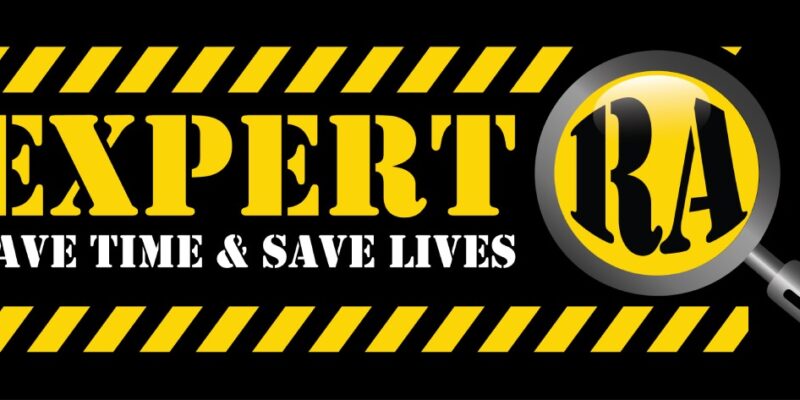
In today’s competitive business landscape, ensuring workplace safety and health is not just a regulatory requirement but also a critical component of operational excellence. One such initiative that supports businesses in achieving this is the BizSAFE program. Originating from Singapore, BizSAFE is designed to help companies build workplace safety and health (WSH) capabilities. A crucial part of this program is the suite of BizSAFE documents, which play a pivotal role in the certification process and ongoing safety management. This article delves into the various BizSAFE documents, their significance, and how businesses can effectively utilize them.
What is BizSAFE?
BizSAFE is a five-level program initiated by the Workplace Safety and Health (WSH) Council of Singapore. The program is aimed at helping businesses cultivate a robust WSH culture. By progressing through the levels, companies demonstrate their commitment to improving workplace safety and health standards.
The five levels of BizSAFE are:
- BizSAFE Level 1: Commitment from top management.
- BizSAFE Level 2: Risk management implementation plan.
- BizSAFE Level 3: Implementation of the risk management plan.
- BizSAFE Level 4: Workplace safety and health management system.
- BizSAFE Star: Achievement of excellence in workplace safety and health management.
Key BizSAFE Documents
1. BizSAFE Application Form
To begin the BizSAFE journey, companies need to fill out the BizSAFE application form. This document requires details about the company, such as its name, address, and the nature of its business. The form also includes a section for the declaration of the company’s commitment to WSH principles.
2. Top Management’s Commitment
For BizSAFE Level 1 certification, a letter of commitment from the top management is essential. This document, typically a formal letter, expresses the management’s dedication to ensuring workplace safety and health. It serves as the foundational step, highlighting that WSH is a priority for the company’s leadership.
3. Risk Management Implementation Plan
At BizSAFE Level 2, companies need to develop and document a comprehensive risk management implementation plan. This plan outlines the specific steps the company will take to identify, assess, and mitigate workplace risks. It includes methodologies for risk assessment and strategies for implementing effective control measures.
4. Risk Assessment Reports
Risk assessment reports are critical documents for BizSAFE Level 3 certification. These reports provide detailed analyses of identified risks in the workplace, including the likelihood of occurrence and potential impact. They also describe the control measures implemented to mitigate these risks. Regularly updated, these reports ensure that the company maintains a proactive approach to WSH.
5. WSH Management System Documentation
For BizSAFE Level 4, companies must establish a comprehensive WSH management system. Documentation for this system includes policies, procedures, and records that collectively ensure ongoing compliance with WSH standards. This might involve safety training records, incident investigation reports, and regular safety audits.
6. Audits and Certifications
To achieve BizSAFE Star status, companies need to undergo rigorous audits by an independent WSH auditor. Audit reports, certificates of compliance, and other related documents are crucial at this level. These documents demonstrate that the company not only meets but exceeds WSH requirements, reflecting a high level of safety and health management.
Importance of BizSAFE Documents
Compliance and Legal Requirements
Adhering to BizSAFE documentation requirements helps companies comply with local WSH regulations. Proper documentation ensures that businesses are prepared for inspections and audits, thereby avoiding potential legal issues and penalties.
Enhanced Safety Culture
Documenting safety procedures and risk management plans fosters a culture of safety within the organization. Employees are more likely to adhere to safety protocols when they are clearly outlined and accessible.
Competitive Advantage
Achieving BizSAFE certification and maintaining the necessary documentation can enhance a company’s reputation. It signals to clients, partners, and stakeholders that the company prioritizes safety and health, which can be a significant competitive advantage.
Continuous Improvement
BizSAFE documents provide a framework for continuous improvement in WSH practices. Regularly updating risk assessments, management plans, and audit reports ensures that the company evolves its safety practices in response to new risks and industry standards.
Conclusion
BizSAFE documents are integral to the success of any business committed to maintaining high standards of workplace safety and health. From the initial application to comprehensive risk management plans and audit reports, these documents guide companies through a structured process of WSH improvement. By understanding and effectively utilizing these documents, businesses can not only achieve compliance and certification but also foster a safer, healthier, and more productive work environment.
4o











